Making Sense of AI Security Frameworks: Your Roadmap to OWASP, MITRE ATLAS, and the NIST RMF
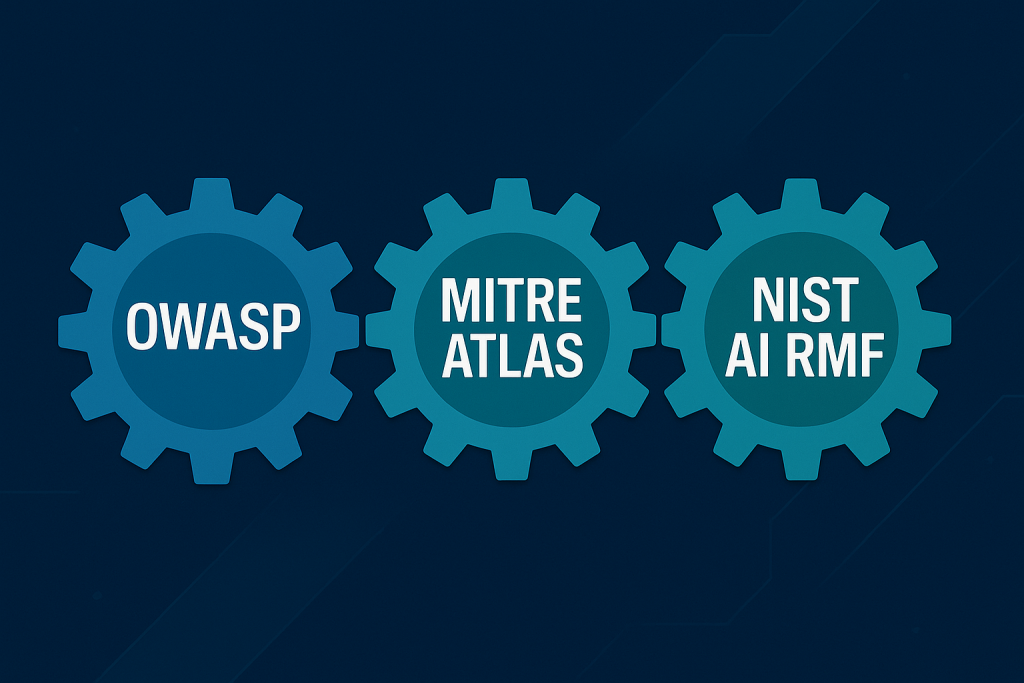
Artificial Intelligence has woven itself into the daily workings of modern businesses, sparking a wave of efficiency and innovation, unlike anything we’ve seen before. AI-driven applications are shaking up entire industries, whether it’s customer-service chatbots that actually grasp the subtleties of human conversation or automated systems making sense of complex decisions behind the scenes. But […]
A Deep Dive into LLM Vulnerabilities: 8 Critical Threats and How to Mitigate Them
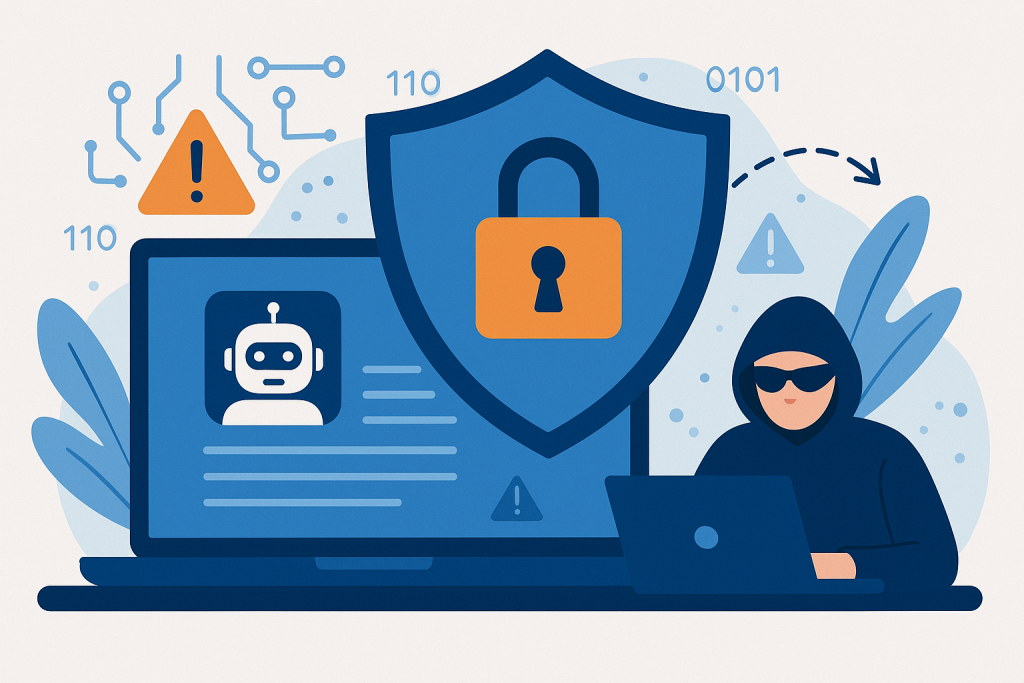
Introduction Large Language Models (LLMs) like GPT-4 and others are powering a new wave of enterprise applications – from intelligent chatbots and coding assistants to automated business process tools. However, along with their transformative potential comes a host of new security vulnerabilities unique to LLM-driven systems. High-profile incidents and research findings have shown that if […]
Detecting and Defending Against Adversarial Prompts in Generative AI Systems
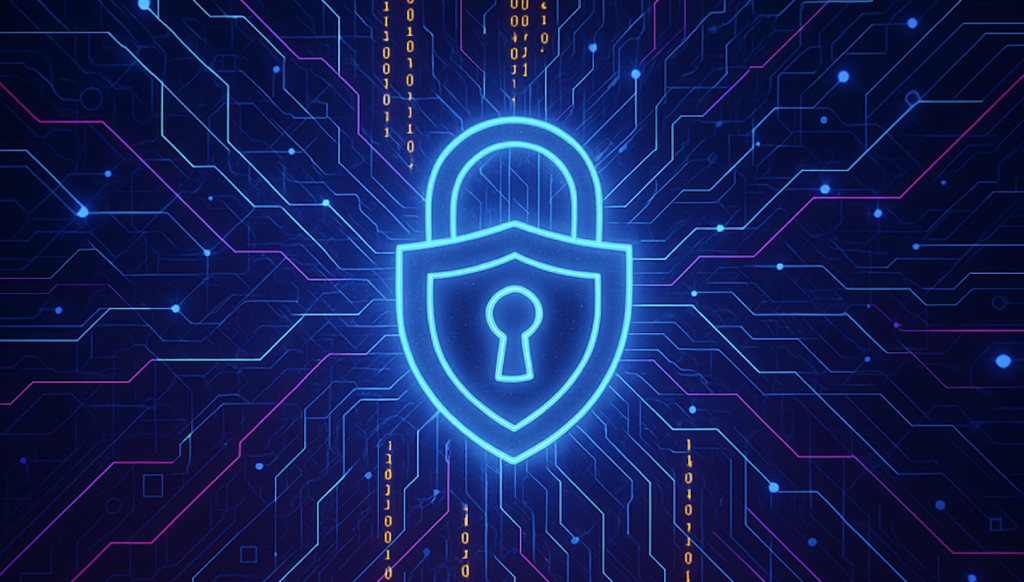
Explore comprehensive strategies to detect and defend against adversarial prompts in generative AI. Learn how embedding similarity, pattern matching, and red teaming can safeguard your AI applications from malicious prompt attacks.
Ultimate Guide to Web Application Firewalls and PCI DSS v4.0

Compliance with the Payment Card Industry Data Security Standard (PCI DSS) is generally required for businesses which store, transmit or process cardholder data. In May 2022, the PCI Security Standards Council released the latest standards for securing cardholder data – PCI DSS version 4.0. This guide explores the intersection of Web Application Firewalls (WAFs) and […]
Cloud WAF vs. On-Premise WAF: 5 Considerations
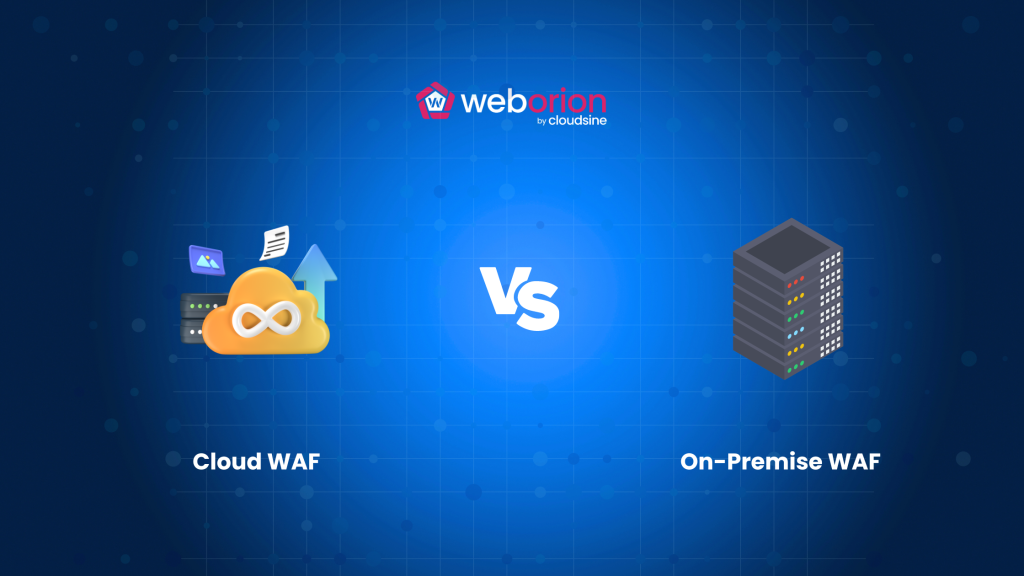
In today’s digital world, web application firewalls (WAFs) are indispensable for safeguarding your online presence. However, how do you choose between a cloud-based WAF and an on-premise one? Both have their merits and the right choice will depend on your organisation’s specific needs and resources. Difference Between Cloud and On-Premise WAF First, let’s explore the […]
What is API Security?
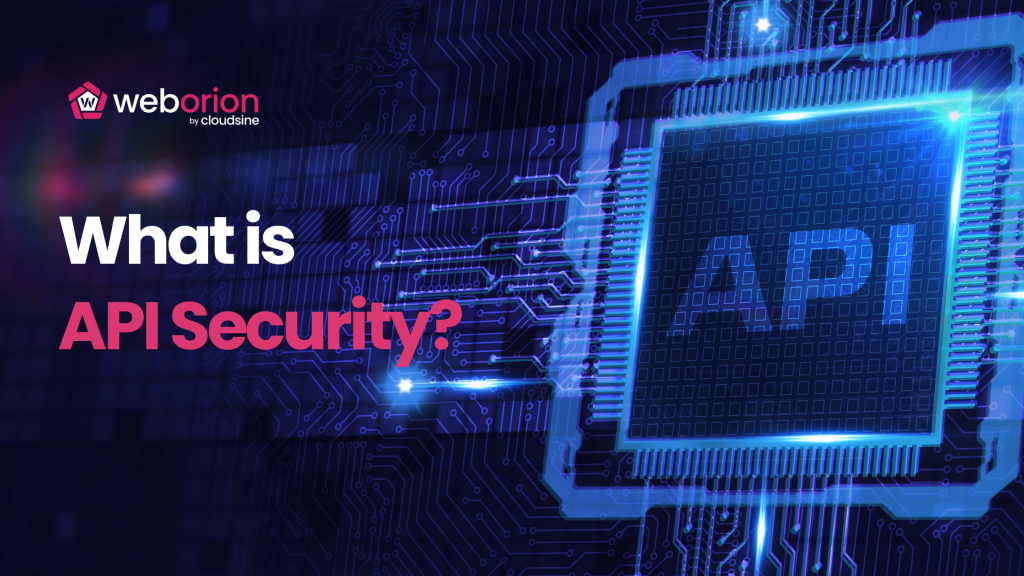
With the rise of businesses utilising APIs or Application Programming Interfaces for transferring data, APIs have become prime targets for cyberattackers. Just like any door to your house, APIs need strong security measures to function safely. API security is the practice of safeguarding APIs from attacks, ensuring that the data transmitted through the API is […]
Website Backup Solution vs WebOrion® Restorer
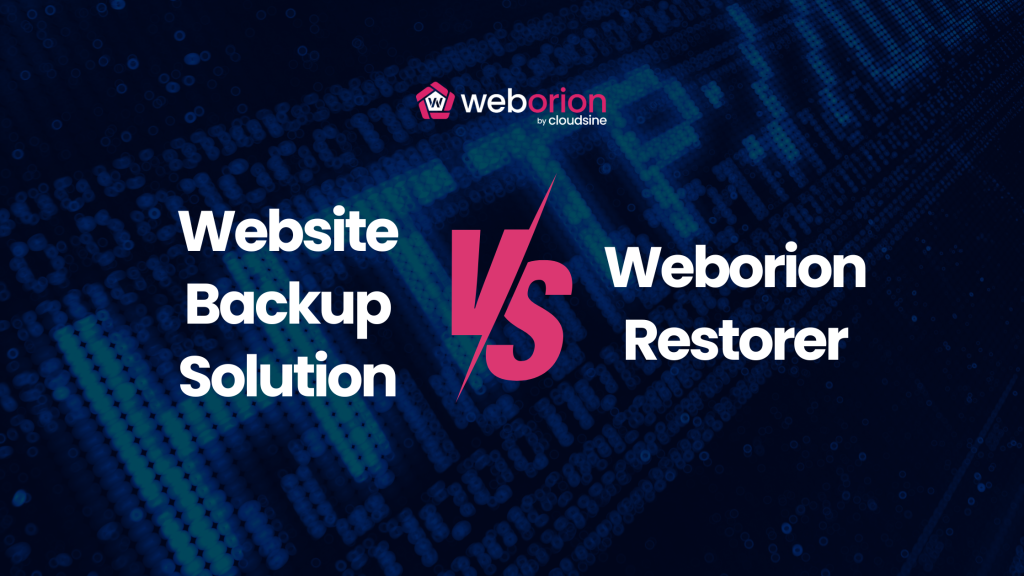
Website downtime can be a nightmare for businesses and traditional website backup solutions often prove inadequate due to its complexity and lack of security. WebOrion® Restorer offers a revolutionary approach to website restoration. By creating a secure replica of your website, we ensure rapid restoration in the event of a defacement attack or hacks. Why […]
Cloudsine’s Participation in SGTech’s Cyber Security Business Mission to KL

From 5 to 9 August 2024, Denny Hee, on behalf of Cloudsine, participated in a Cyber Security Business Mission organised by SG Tech and CyberSG TIG Collaboration Centre, which brought him to the vibrant city of Kuala Lumpur. The mission was more than just a showcase of technological advancements; it was a bridge-building exercise between the cybersecurity ecosystems of Singapore and Malaysia. Connecting […]
Rethinking the Roadmap of WAF, ModSecure, Coraza & CRS
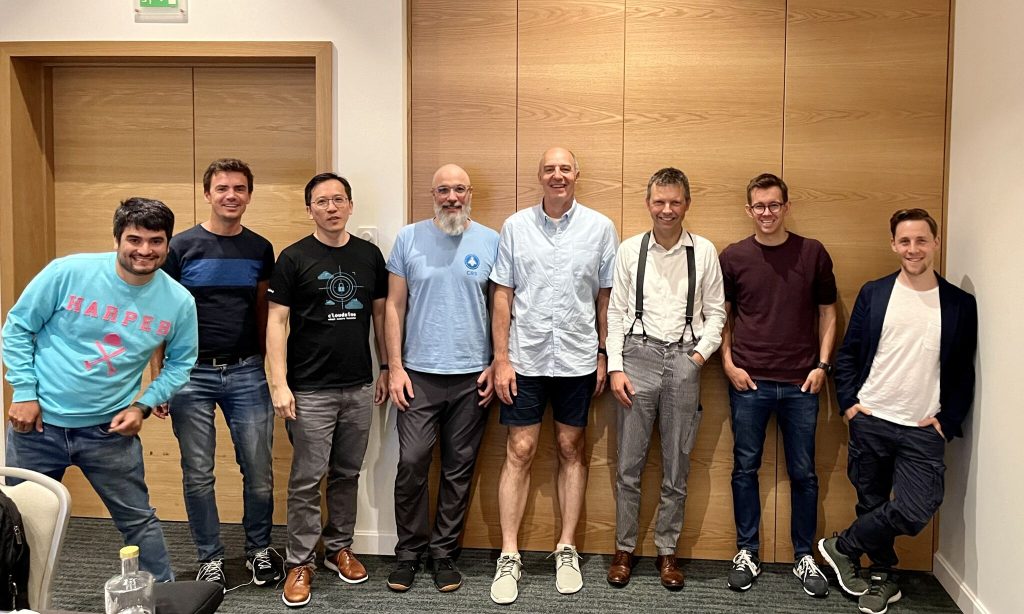
The Cloudsine-WebOrion team, represented by CEO Matthias Chin, joined the OWASP CRS Community Summit and Global Appsec Conference in Lisbon from 26 to 28 June 2024. This gathering of cyber security experts from around the globe provided invaluable insights into the future of WAF and application security. Highlights from the OWASP CRS Summit The OWASP […]
What is DNS Monitoring?
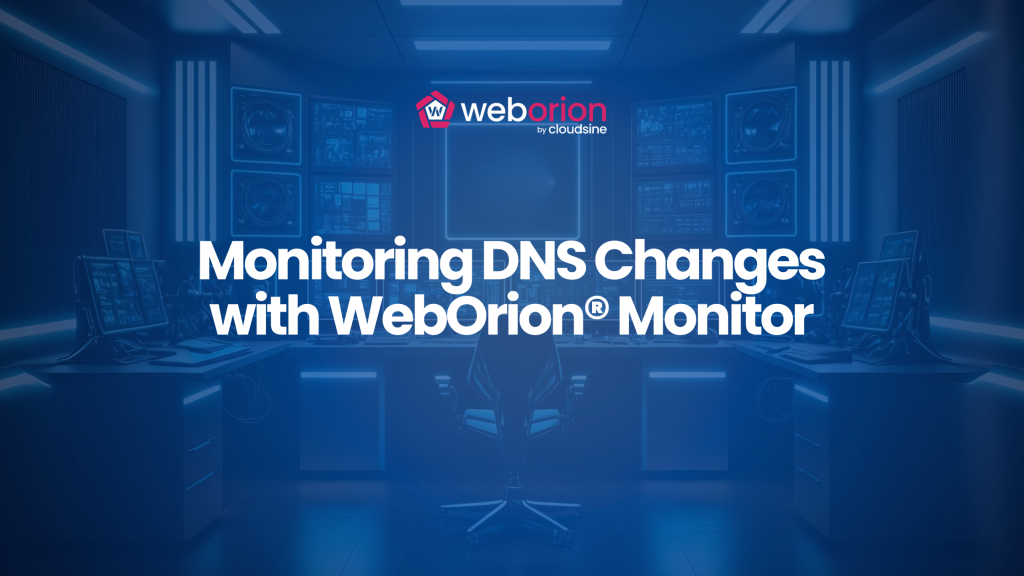
Have you ever clicked a link and landed on a strange website? This could be a sign of Domain Name System (DNS) tampering. DNS monitoring is essential for website owners, as it regularly checks for any changes to your DNS records and alerts you to potential security threats. In this blog post, we’ll delve into […]
